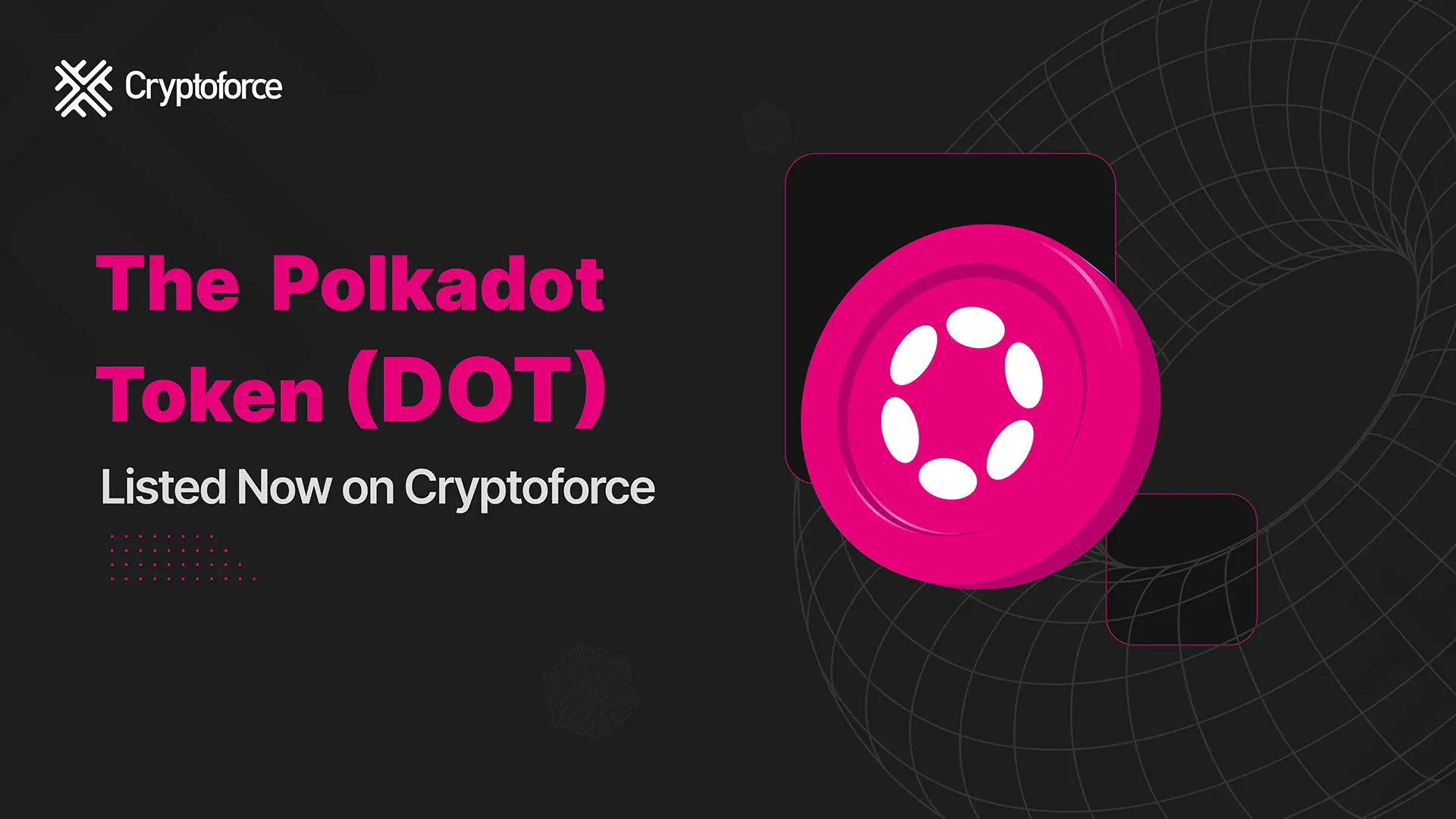What is Polkadot?

DOT is a popular altcoin among sports fans. However, before you Trade DOT, it is vital that you understand what you are investing in. Let's find out what's DOT and how it functions.
Polkadot is an open-source, sharded multichain protocol that protects a network of specialized blockchains and allows for the interoperability of those blockchains through the cross-chain transfer of any data or asset type, not just tokens. Polkadot was created to serve as a basis for Web3, the blockchain-based decentralized internet.
Polkadot is referred to as a layer-0 metaprotocol since it underpins and provides a format for a network of layer-1 blockchains known as parachains (parallel chains). As a meta protocol, Polkadot can effortlessly and autonomously update its software via on-chain governance based on the preferences of its token-holder community.
Polkadot is a platform for a user-controlled, decentralized web that streamlines the development of new services, applications, and institutions.
Through the Polkadot Relay Chain, the Polkadot protocol enables decentralized blockchains to securely transmit data and conduct transactions without needing a trusted third party.
There are three distinct uses for Polkadot's native DOT token: staking for operations and security, supporting network governance, and bonding tokens to link parachains.
The network has four primary components:
Relay Chain: Polkadot's heart, ensuring consensus, interoperability, and security across chains.
- Parachains: separate chains with tokens and optimal use cases.
- Parathreads: parachains with flexible pay-as-you-go connection.
- Bridges: link parachains and parathreads to Ethereum and other blockchains.
How is Polkadot different?
Since it is a sharded multichain network, Polkadot processes several transactions on multiple chains simultaneously (parachains). The increased scalability is a direct result of this parallel processing capacity.
The Substrate framework makes creating a blockchain from scratch simple and fast, and Substrate blockchains are optimized for seamless integration with Polkadot's infrastructure. In addition to its adaptability and pliability, the network facilitates the exchange of data and services among its constituents. Upgrades to Polkadot can be applied automatically, eliminating the need for a fork whenever enhancements or bug fixes become available
All token holders have a voice in network governance through a sophisticated user-driven governance framework. Polkadot allows teams to tailor the governance of their blockchain to their specific use case and changing circumstances. All three roles—nominators, validators, and collators—play an important role in keeping the network safe and preventing malicious activity.
Polkadot completed its first Parachain auctions before the end of 2021. The Parachain auctions followed an un-permissioned candle auction system. Polkadot gave Auction winners Acala, Moonbeam, Astar, Parallel, and Clover the first five available slots. The DOT bids committed as collateral were locked in the parachain slots for these projects for 96 weeks. All projects on Polkadot have been tested extensively on its de facto testnet, Kusama.
How many DOT tokens are in circulation?
Following the network's redenomination due to a Polkadot community vote, DOT balances grew by 100, making one old DOT equal to 100 new DOT. When this happened, the maximum supply of the new DOT tokens increased from 10 million old DOT to 1 billion new DOT tokens. The redenomination was done just to make calculations less complicated by doing away with the need for tiny decimals. There was no change in the allocation of DOT or the holders' proportionate part, even though all balances were multiplied by 100.
Network security
The network operates on the NPoS (nominated proof-of-stake) protocol, which requires validators and nominators. Nominators support validators using tokens. These staked tokens increase the safety of the blockchain by making any malicious activity extremely costly.
Validators stake on the Relay Chain to verify transactions from the various parachains. Due to its one-of-a-kind validity method, chains can safely communicate with one another while yet maintaining their autonomy.
Where can you buy DOT?
DOT is available on the licensed cryptocurrency exchange CryptoForce and several other national and international exchanges.
Disclaimer: Cryptocurrencies are highly volatile and subject to market, technical, and regulatory risks. Crypto trading requires one’s own diligence, and Cryptoforce will not be responsible for any losses incurred. Any information provided here should not be regarded as Cryptoforce’s technical or financial advice